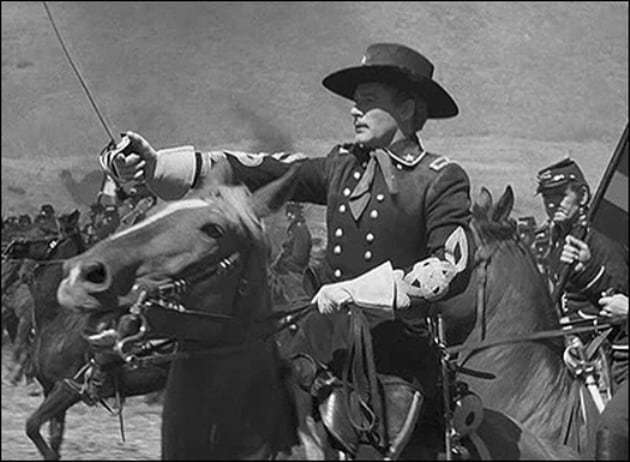Shuffling off the mortal coil is tragic, but such is the circle of life. However, the tragedy of some demises is often mixed with a hefty dose of comedy. Such as that time when dozens of medieval nobles and high-ranking clergy gathered for a meeting, only for the floor to collapse and send them plummeting into a latrine below. Dozens drowned in liquid excrement. Following are thirty things about that mishap and other tragicomic deaths from history.

30. The Peace Meeting That Ended in Tragicomic Disaster
Voltaire once quipped: “The Holy Roman Empire is neither holy, nor Roman, nor an Empire“. In the twelfth century, the Holy Roman Empire might not have been holy or Roman, but it was an empire… of sorts. Back then, it was a bewildering patchwork of territories ruled by often-competing nobles and clergy. Counts ruling one area had to watch their backs against neighboring archbishops, who in turn dreaded the machinations of nearby landgraves (the German equivalent of English dukes) with designs on the church’s lands. Unsurprisingly, that unholy jumble of territories and rulers bred conflict.

Holy Roman emperors and those subbing in for them could not keep feuds from flaring up, so they often settled for trying to at least keep the conflicts from getting out of control. In 1184, one feud between Archbishop Konrad I of Mainz and Landgrave Ludwig III of Thuringia threatened to destabilize the empire – beyond its usual level of instability. So King Heinrich VI called a meeting at the city of Erfurt to try and hash things out. The medieval peace conference came to a premature tragicomic ending when dozens of leading nobles and clergy died by drowning in liquid excrement.

